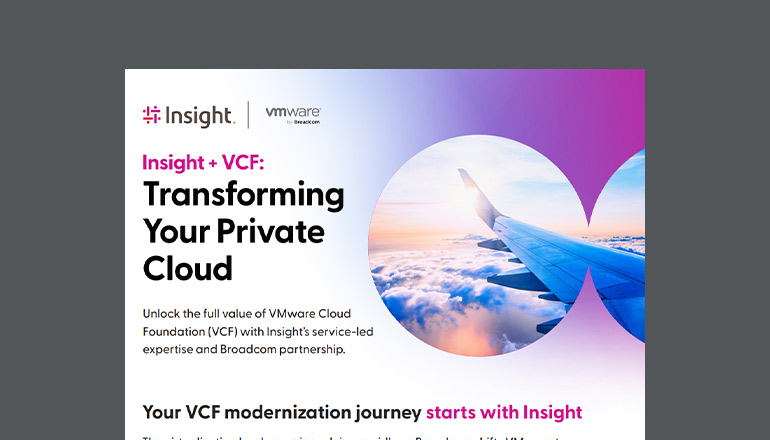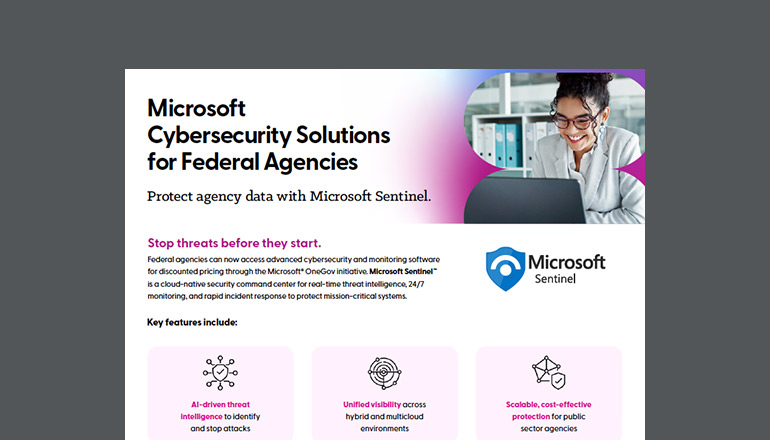Blog What SQL Server 2022 Means for Data Estate Modernization
By Kevin Feit / 6 Dec 2022 / Topics: Disaster Recovery (DR) Microsoft Azure

What is Data Estate Modernization?
Data Estate Modernization is the practice of reviewing an organization’s collection of database servers, determining what they should like in the future and then helping to perform migration to the new environment. We generally focus on three categories:
- Organizations with database servers that are not in a public cloud and want to stay in their existing data centers
- Organizations with database servers that are looking to migrate to the public cloud
- Organizations with database servers in Azure running on virtual machines (Infrastructure as a Service or IaaS) that are looking to further modernize to Azure SQL Database (Platform as a Service or PaaS) options
Why are organizations interested in the modern data estate?
Depending on which of the three categories the organization falls into, they may have a different reason for seeking out a modern data estate. For example, an organization that wants to remain on-premises may be looking to modernize its data estate in conjunction with the acquisition of new servers or storage. Other organizations may want to move to the public cloud to avoid the capital expenses and effort associated with running their own data center. Finally, many organizations have moved to the cloud but are now looking to take the next step and simplify their operations by taking advantage of Azure SQL Database PaaS offerings.
Regardless of the scenario, a successful Data Estate Modernization project will help provide the organization with a secure and reliable set of databases that meet their performance needs while containing costs.
What are some of the key benefits to SQL Server 2022?
The release of SQL Server 2022 on November 16 means now is a great time to consider modernization, especially if you are still running SQL Server 2012 (which reached end of support in July 2022). The key benefits of SQL Server 2022 include performance, business continuity and Azure Synapse Link.
With SQL Server 2022, Microsoft has continued to evolve the intelligent query processing capabilities that were introduced with SQL Server 2017. These features let SQL Server work smarter so your workload can run faster without developers needing to make code changes. SQL Server 2022 simplifies business continuity by allowing organizations to use Azure SQL Managed Instance for disaster recovery. This streamlines the experience so that disaster recovery can be implemented with a few clicks instead of ordering hardware and performing complex configuration steps. Finally, Azure Synapse Link can make reporting against your databases much easier. It allows you to copy required tables to an instance of Azure Synapse Analytics with just a few clicks and makes updates available in near real-time without the need to develop or manage ETL jobs.
What are some of the benefits of modernizing with Azure PaaS?
Azure has several options that are built on the SQL Server database engine but can provide easier administration and high availability, and are potentially more cost-effective than running SQL Server on a virtual machine.
SQL Managed Instance
SQL Managed Instance is the Azure PaaS offering most like traditional SQL Server. In addition to the SQL database engine, it also supports SQL Agent and linked servers to other databases in the SQL Server family. Here are some of the key benefits:
- Dependability: Built-in high availability and easy-to-configure disaster recovery
- Evergreen: Microsoft takes care of the operating system and SQL patching and upgrades
- Automated backups: You just need to choose your retention policy
- Conserve resources: Read-only replica included in the business-critical tier
Azure Hyperscale
The Azure Hyperscale service tier can be a great option for the most demanding databases. It uses a distributed architecture to support databases up to 100 TB with compute from 2 to 80 vCores. The benefits include:
- Fast database backups and restoration
- Higher overall performance due to caching at multiple levels and high transaction log throughput
- Easy scale-out with support for multiple read-only replicas — read-only replicas can have different compute sizes than the read-write replica
- Rapid scale-up and down for compute needs
Serverless
The Azure SQL Database serverless tier automatically scales based on workload demand. It can also automatically pause during inactive periods. This makes it a great fit for databases with intermittent or unpredictable usage patterns.
Azure Synapse Analytics
Azure Synapse is an enterprise analytics service that incorporates traditional relational data warehouse capabilities along with Spark and Data Lake technologies used for big data. It also includes Synapse Studio to provide a unified experience to develop, manage and monitor the solution. The Synapse dedicated pool (formerly called Azure SQL Data Warehouse) is based on the SQL Server database engine and uses column store index capabilities and massively parallel processing to support database from terabytes to petabytes. Organizations currently using SQL Server either on-premises or running in a virtual machine for their data warehouse should consider Azure Synapse Analytics, especially if the data warehouse is multiple terabytes.
Azure Hybrid Benefit
Another point to note is that many of the options allow you to leverage your existing investment in SQL Server licensing and apply your purchased cores to the PaaS options. This is known as the Azure Hybrid Benefit and it can provide significant savings for organizations that own SQL Server core licenses with Software Assurance (SA) benefits.
How do we approach Data Estate Modernization?
Insight takes a client-focused approach to Data Estate Modernization, starting with understanding each organization’s unique business requirements and goals before assessing the options for modernization. Our experts have extensive experience and will meet your organization wherever it is on its modernization journey.




